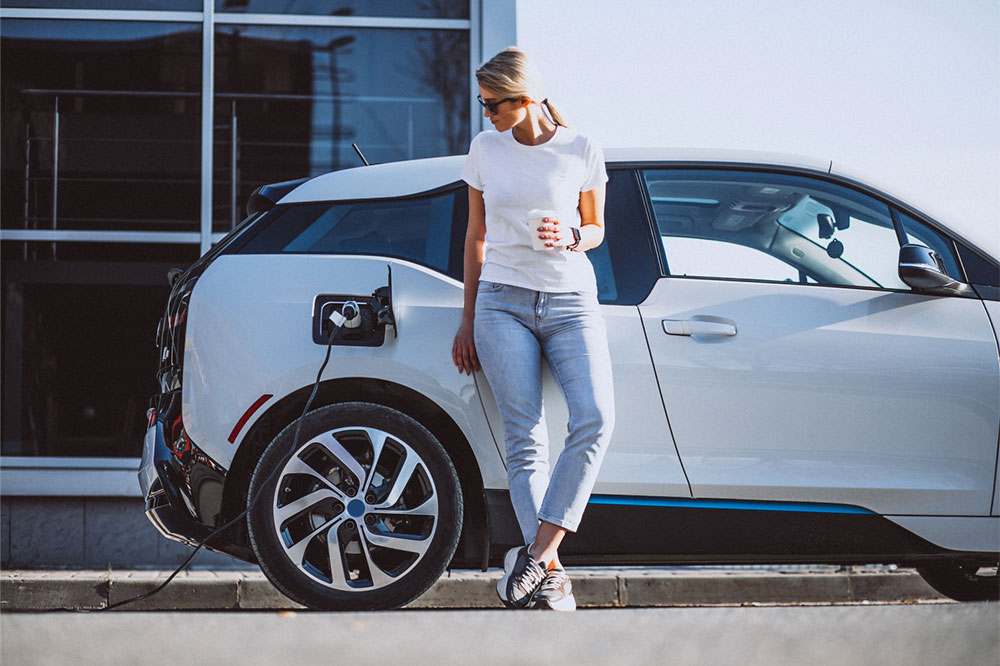Vital aspects to know about alternative vehicles
Hybrid and alternative vehicles are becoming more popular due to the increased effects of climate change, fuel prices, and emission levels. Hence, the auto industry is turning toward alternative vehicles. These fuel-efficient vehicles reduce emissions as well as running costs. While these vehicles have merits, it’s important to consider how you maintain them to save fuel and the environment. Here are some important insights you should know about these fascinating cars:
What are hybrid and alternative vehicles?
A hybrid vehicle combines an electric drive system and gasoline-powered internal combustion (IC) engine. The vehicle can run by obtaining energy from both drives, together or individually.

Types of hybrid vehicles
Here are the most common types of hybrid and alternative vehicles:
Series hybrid
These vehicles have an electric motor and an IC engine drive system in the most common series hybrid designs. However, the power sources are connected in series, indicating that the electric motor moves the vehicle while the gasoline engine powers the motor.
Parallel hybrid
In a parallel system, the electric motor and gasoline engine are connected so that they can move the vehicle.
Power-split hybrid
Power-split vehicles include a combination of both series and parallel hybrids. With the series-parallel hybrids, drivers can choose any mode of driving.
Plug-in hybrid
Plug-in hybrids generally come in a series or parallel hybrids equipped with batteries that can be charged by external means such as charging stations or wall sockets.
Mild hybrid
Mild hybrid vehicles incorporate electric motors that are used to give a small power boost to the IC engines. These vehicles are not designed to run on electric motors. Instead, electric motors can help the IC engines to increase performance, improve fuel economy, etc.
Micro hybrid
A micro-hybrid vehicle uses a start-stop system, wherein the regenerative braking system stops the IC engine when the brakes are applied. The engine stops and starts again when the vehicle is accelerated.
Types of alternative fuels
While electric and hybrid vehicles are the best examples of alternative fuel vehicles, here are a few other popular options:
Natural gas vehicles
Like vehicles running on gas power, natural gas vehicles use liquified or compressed natural gas as fuel. Emissions are cleaner and eco-friendly when compared to conventional fuel vehicles.
Solar vehicles
Solar vehicles are powered completely by energy from the sun. Generally, they work by converting solar energy into electric energy with the help of photovoltaic cells in the vehicle’s solar panels.
Fuel cell electric vehicles
These vehicles run with the help of onboard fuel cells that work with the help of compressed hydrogen. These cells convert hydrogen and oxygen into electricity required to run the motor. Such a viable alternative fuel vehicle comes with increased efficiency and zero emissions.
Flexible fuel vehicles
Flexible fuel vehicles run on a combination of ethanol and gas. Like other alternative vehicles, they are a good addition to alternative vehicles that offer several benefits.
Why are hybrid and alternative vehicles becoming popular?
The hybrid revolution is expected to expand in the years to come. As consumers demand more, automakers expand the production of economical and eco-friendly vehicles. Here are the major reasons that contribute to the popularity of hybrid and alternative vehicles:
Hybrid and alternative vehicles have lower emission levels compared to vehicles that run on conventional engines.
Due to multiple power drives, hybrids offer better fuel economy and lower running costs.
Hybrid and alternative vehicles are considerably given a better aerodynamic design to increase fuel efficiency further, and their sleek shape contributes to high aerodynamic efficiency.
Driving performance and various components of hybrid and alternative vehicles, such as vibration, riding, and handling, are tuned to contribute to a superior driving experience.
In case of a crash, hybrid and alternative vehicles are likely to offer more safety than conventional vehicles as it is heavier and cause less impact.
Advantages of driving hybrid and alternative vehicles
Hybrid vehicles can use the optimum drive depending on the driving condition and other factors. In hybrid and alternative vehicles, fuel conversion is much lower than in conventional engines (depending on the type of vehicle). Some hybrids can drive longer distances at higher speeds.
In electric vehicles, acceleration can be increased up to 20%. The reason is that an electric motor has a high torque from the start. Electric motors can also assist IC engines in uphill ascends and accelerations. Most hybrid vehicles also offer higher resale values.
Disadvantages of driving hybrid and alternative vehicles
Some hybrid and alternative vehicles are expensive to purchase. Components such as two power sources and additional batteries can take up more space and add to the vehicle’s total weight. Fuel consumption can also increase due to this. Extra weight may result in poor handling, and combined power can often be less than that of a gasoline-powered vehicle.

